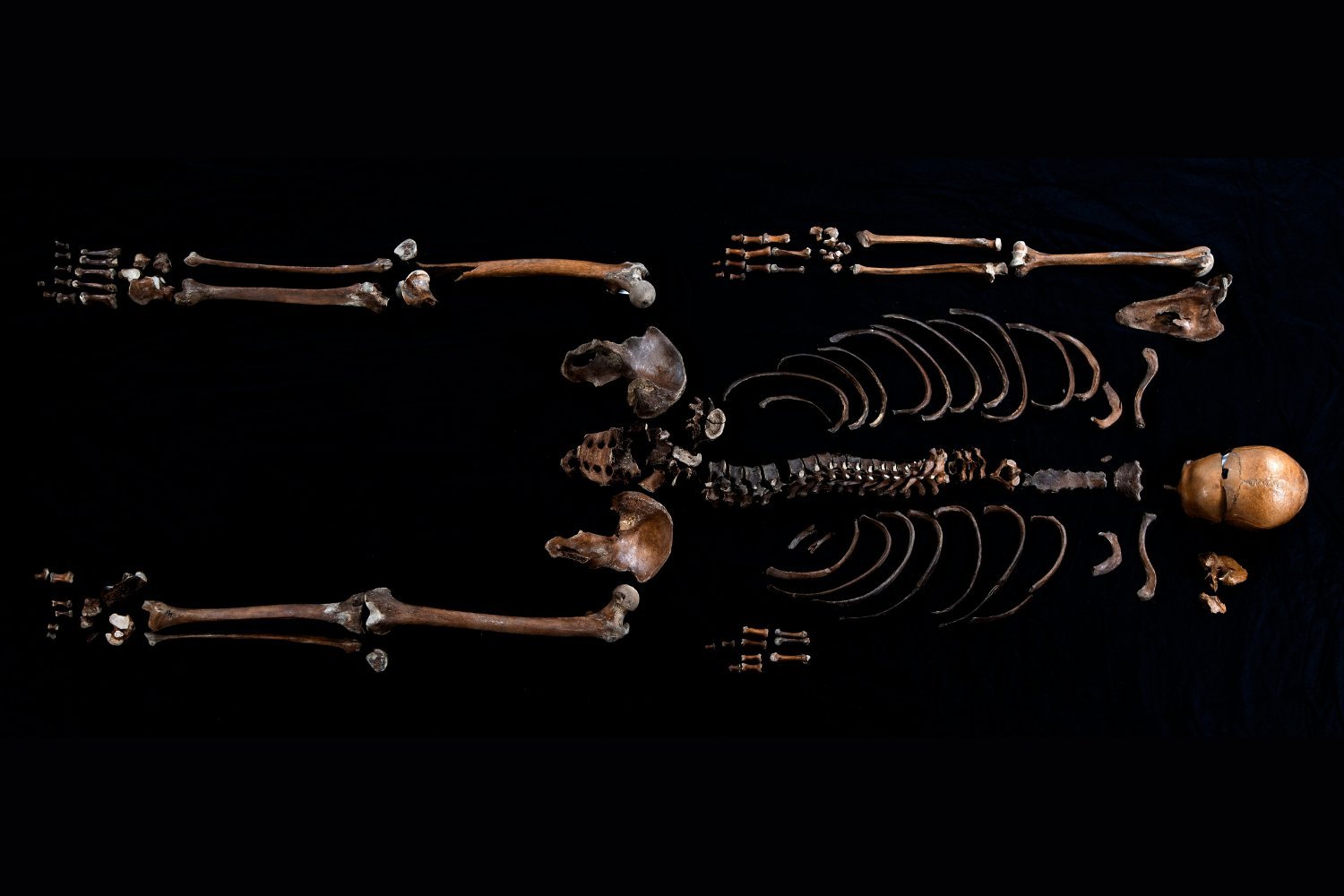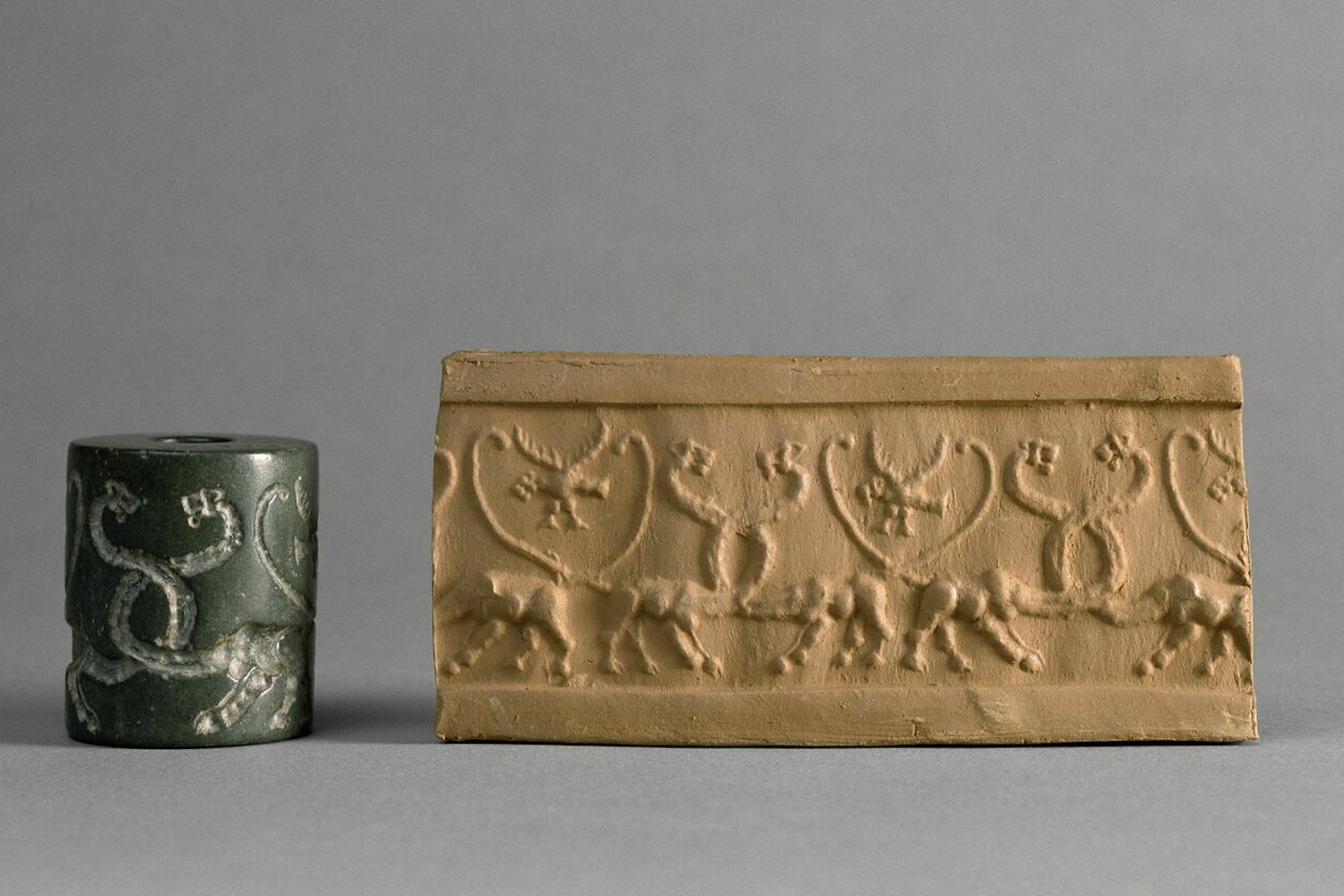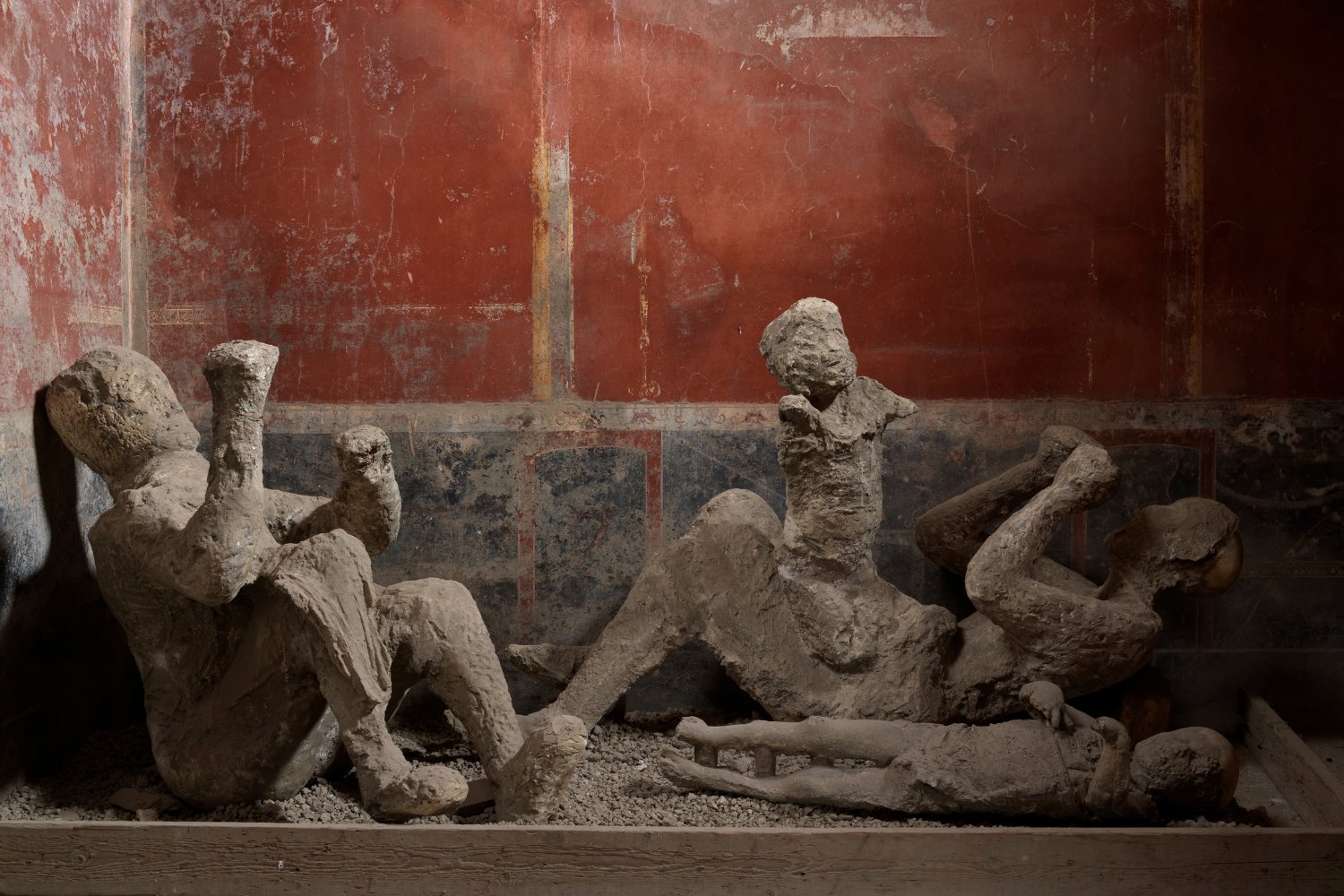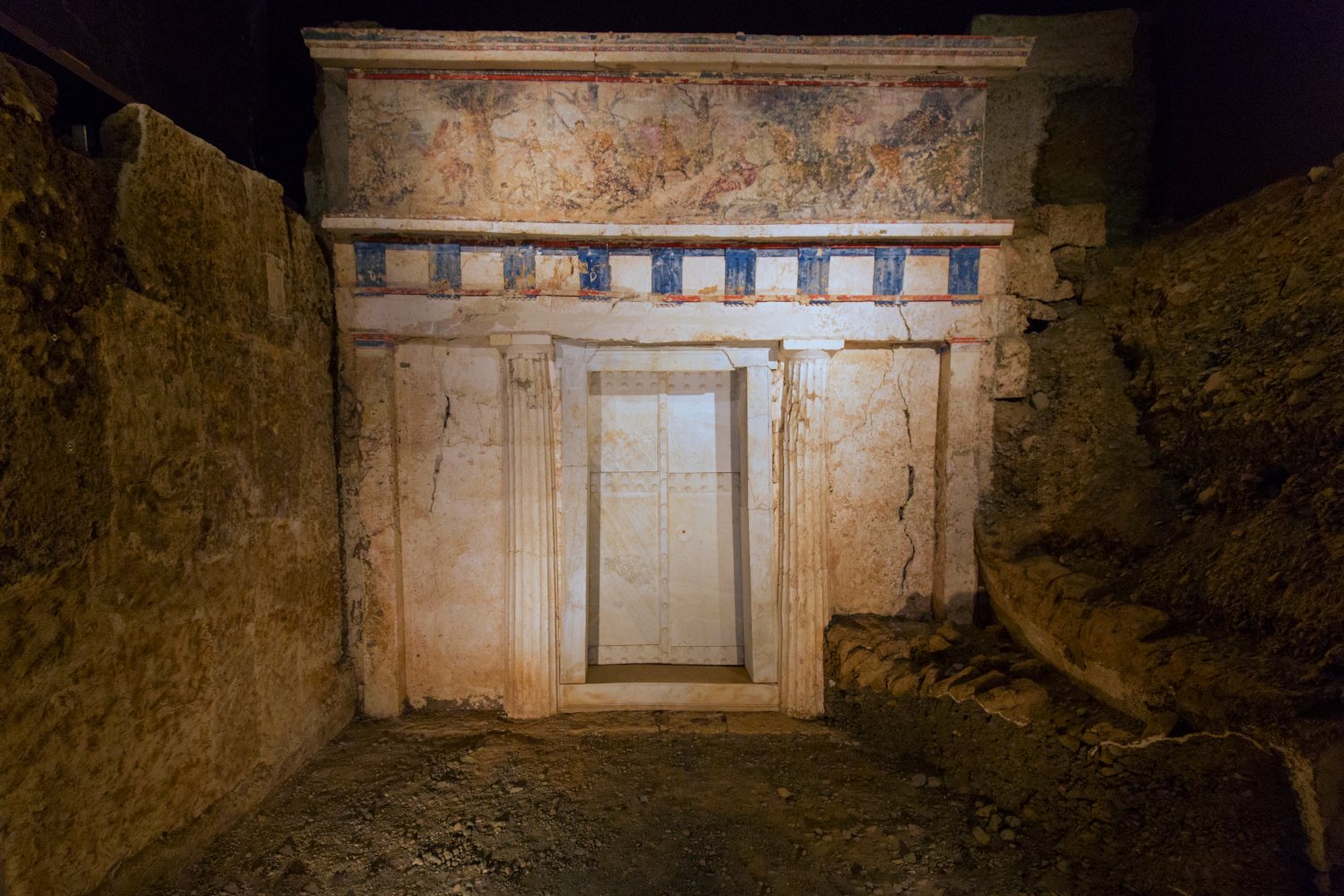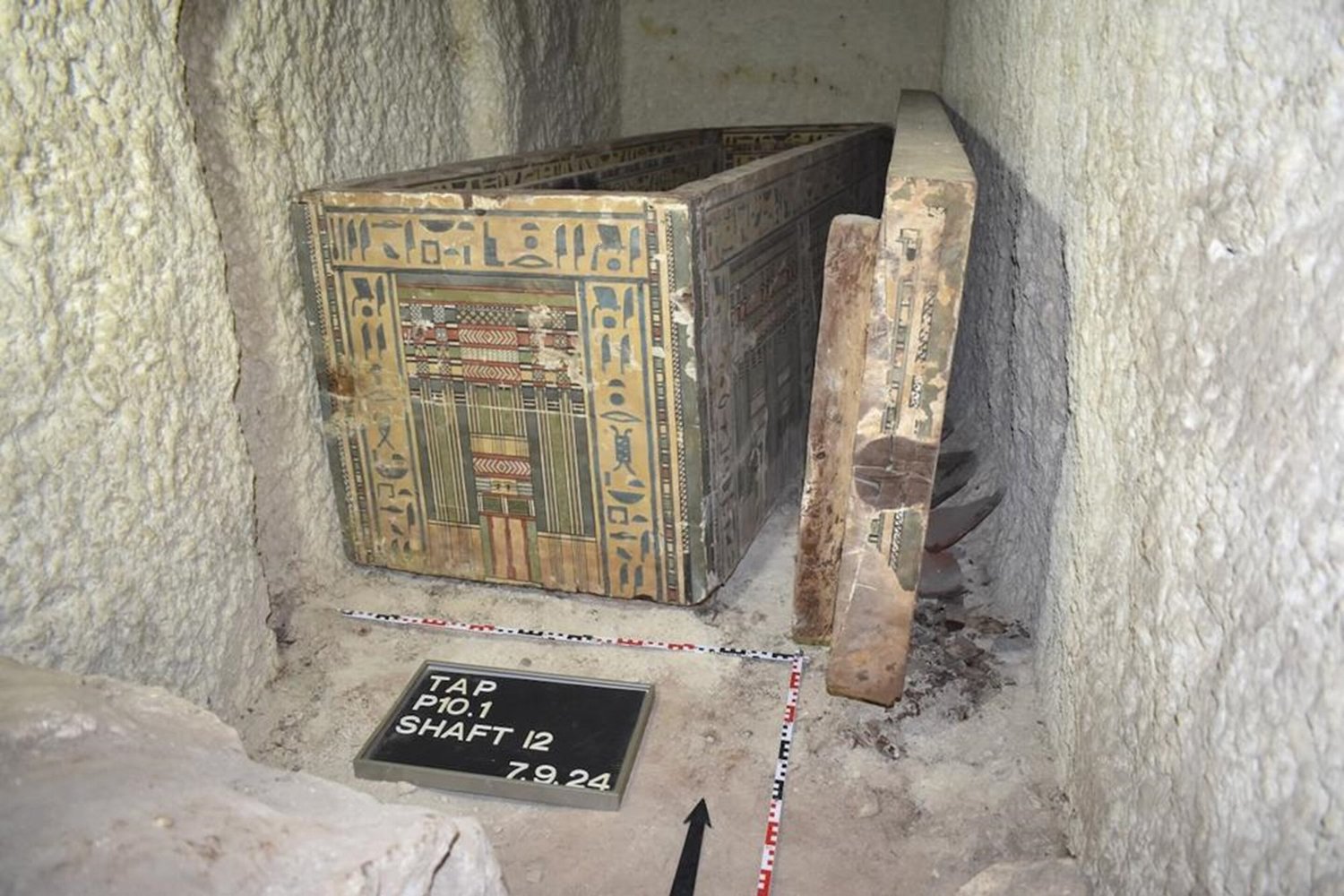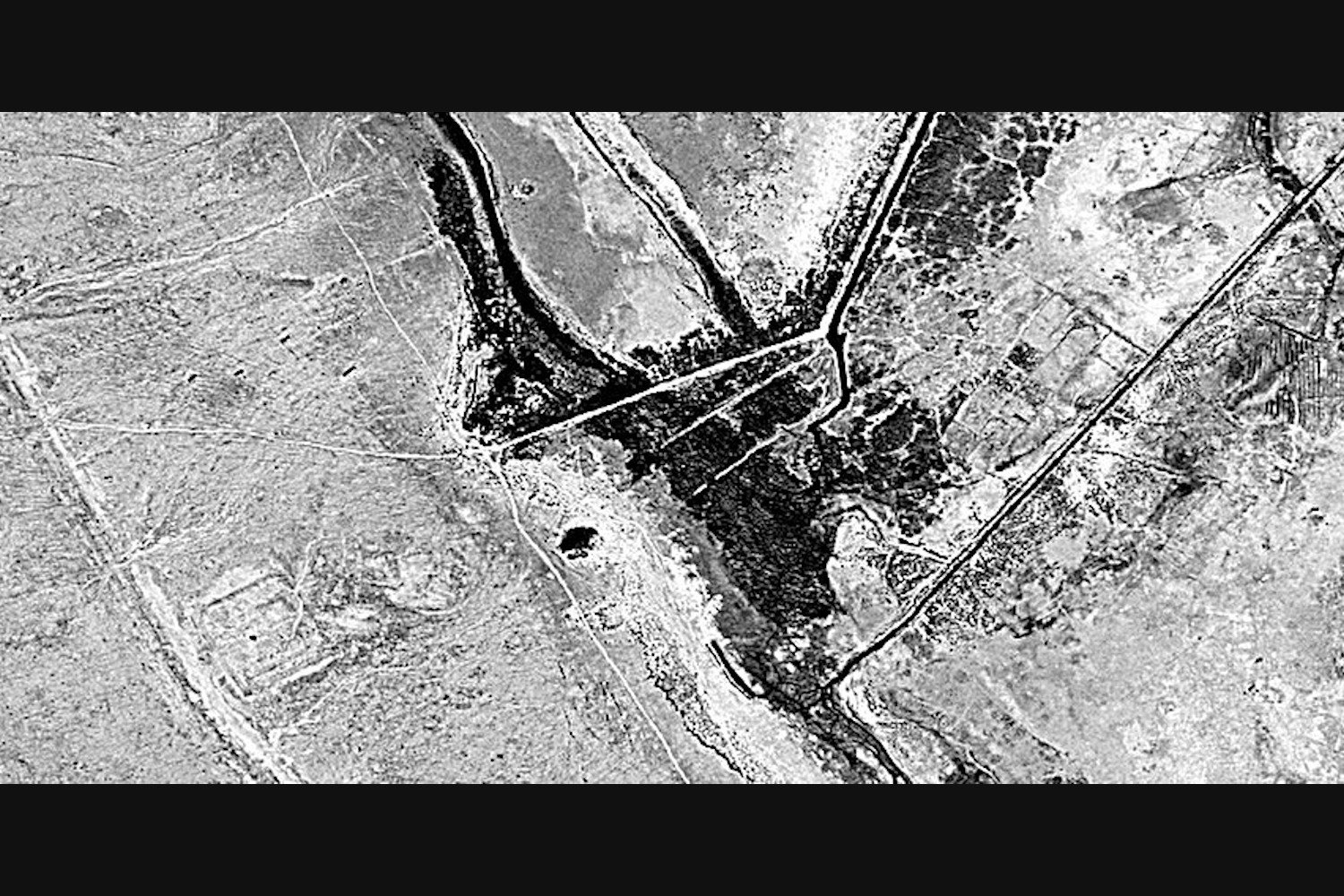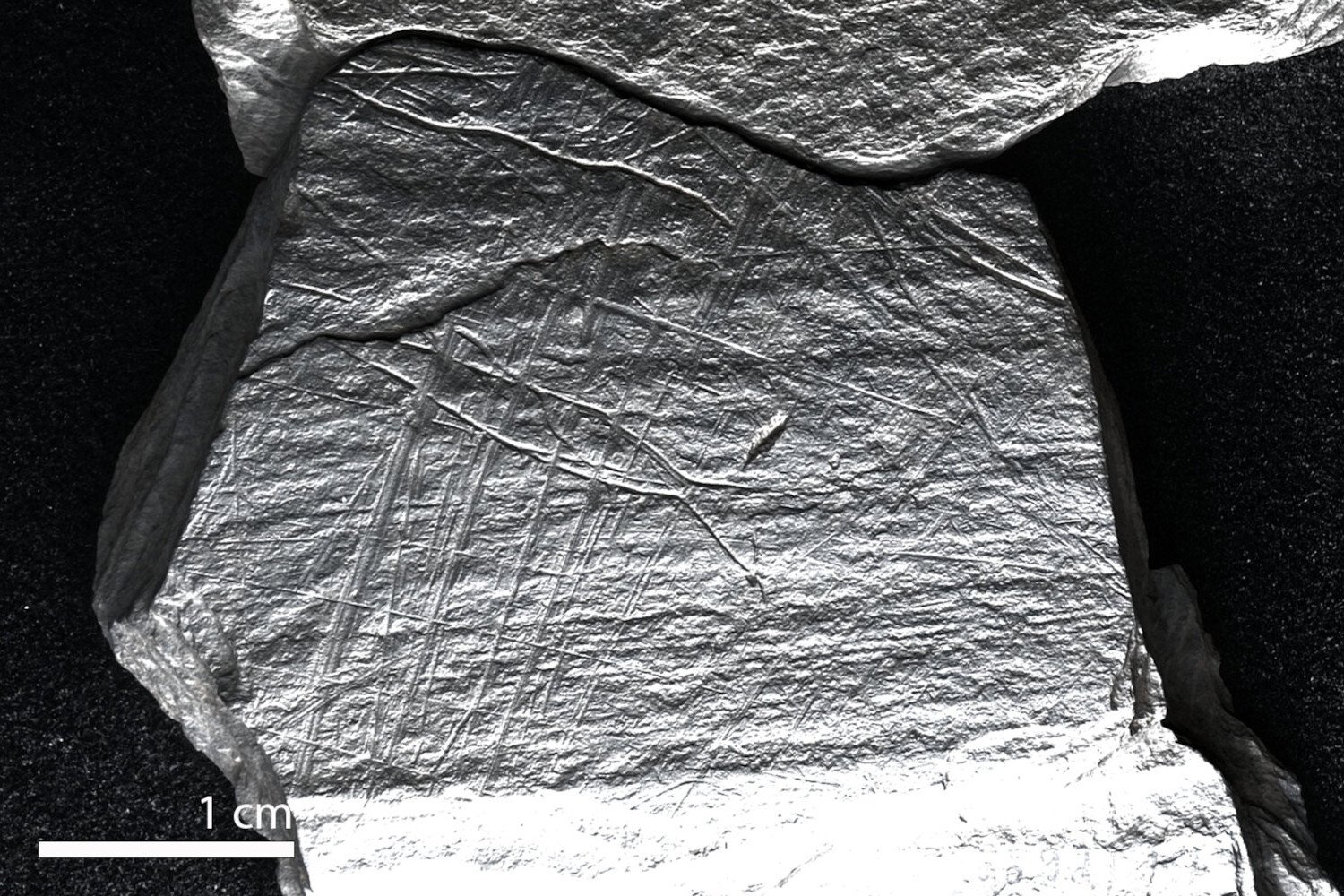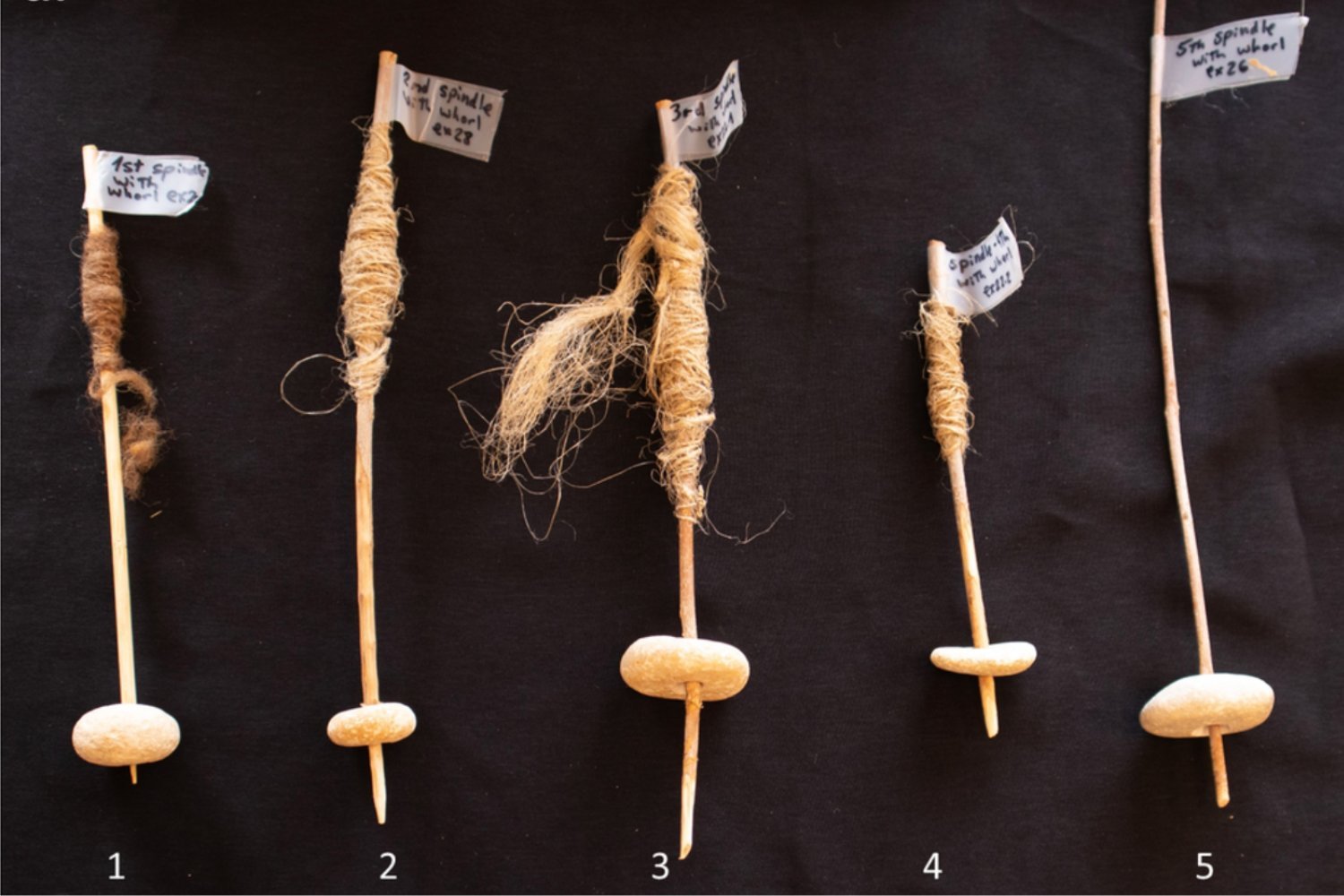The Sverris Saga, an Old Norse text detailing a military raid in 1197, mentions a deceased man being thrown into a well. Remarkably, a recent study has linked this historical account to skeletal remains discovered in a well at Sverresborg Castle in southern Norway in 1938. Utilizing cutting-edge DNA analysis and radiocarbon dating, researchers have not only confirmed the identity of the “Well-man” but also revealed intriguing details about his ancestry and the possible motivations behind his unusual burial.
This interdisciplinary study, published in Cell, demonstrates the power of combining genomic analysis with historical records. The research team extracted ancient DNA (aDNA) from the Well-man’s teeth, providing a wealth of information about his physical appearance and geographical origins. Radiocarbon dating of the remains, calibrated to account for marine dietary influences, aligned perfectly with the timeframe of the 1197 castle raid described in the saga.
The Sverris Saga offers little information about the man other than his demise. However, the genomic data reveals a man with blue eyes, fair skin, and blond or light-brown hair. Furthermore, his genetic profile points to ancestry in Vest-Agder, a region in southern Norway, a significant distance from Sverresborg Castle in central Norway. This finding highlights the distinct genetic variations between different regions of Norway, a phenomenon already present 800 years ago.
The Well-man’s genetic profile also reveals a high degree of inbreeding within his ancestral population in Vest-Agder. This discovery raises questions about the circumstances surrounding his death and subsequent disposal in the well. Researchers speculate that the act might have been a form of biological warfare, a grim reflection of the societal tensions and practices of the time.
The initial excavation in 1938 predated the advent of DNA technology, making immediate identification impossible. However, the resurgence of interest in the case, coupled with advances in aDNA analysis, allowed researchers to revisit the remains and connect them to the historical account in the Sverris Saga. The study exemplifies how scientific progress can shed light on historical mysteries, enriching our understanding of the past.
The study’s success underscores the potential of applying these techniques to other historical figures. The researchers have expressed interest in exploring the remains of Saint Olaf, believed to be buried in Trondheim Cathedral. Identifying and analyzing the saint’s DNA could offer invaluable insights into his life and ancestry.
The confirmation of the Well-man’s identity not only validates the historical account in the Sverris Saga but also opens up new avenues for research into medieval Norwegian society, genetics, and the complex interplay of history and science. The study serves as a testament to the power of interdisciplinary research in uncovering the secrets of the past.



